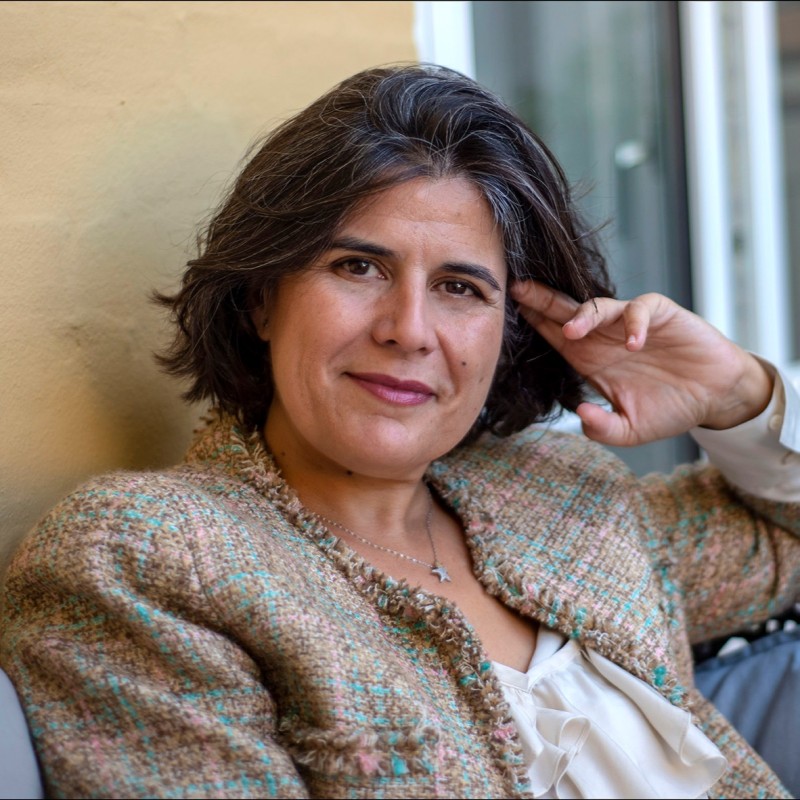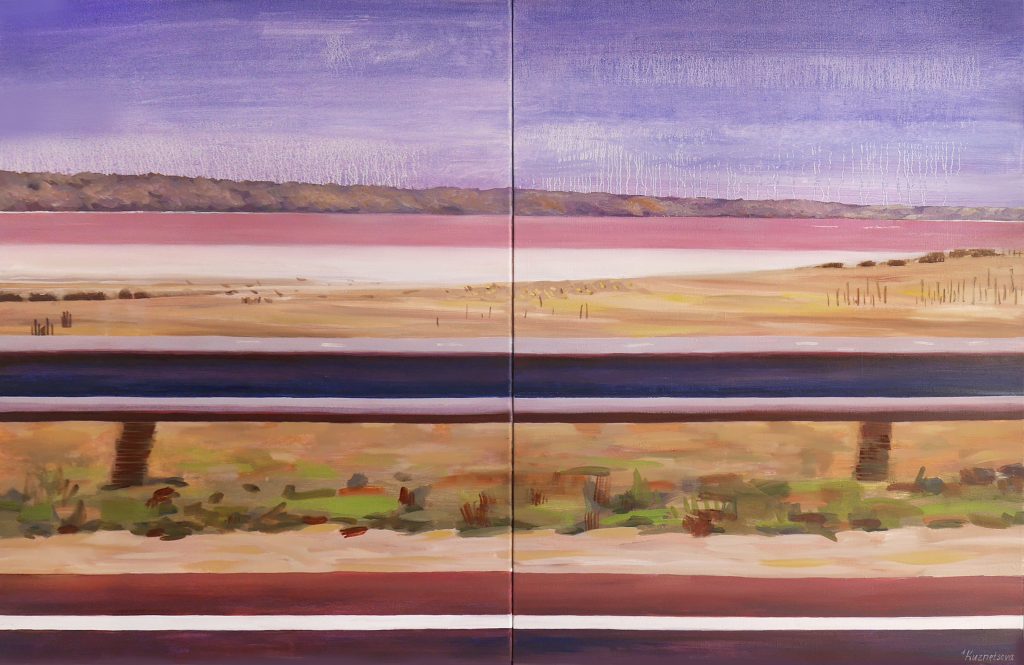Written by Sacramento Rosello
Edited by Nicol Savinetti
Images by Nicol Savinetti
Sunny warm days in Copenhagen take humanity to the streets, in massive numbers, filling up parks and gardens and playgrounds. People going everywhere and wanting to do it all before a dark cloud appears suddenly in the horizon and, just as suddenly, the summer is over. These days however, we find ourselves wishing for the rain as Immart’s Raining Poetry Nørrebro project gradually fades during a rain-less summer. When I say “wishing for the rain”, I play with what rain means for the born and raised Mediterranean that I am. Wishing for the rain means afternoons when time stands still and people allow themselves the luxury of contemplating past achievements and reflecting on lessons learned. For Immart, it may also mean the grooming of those lessons into our vision for collaborative projects.
There are many things to discuss regarding Raining Poetry Nørrebro and what we have learned from it as an organization in terms of operational capabilities, for instance, but today I propose to look back to the enriching debate that Immart organized last April during the 48TIMER Festival. The debate took place at LiteraturHaus, was moderated by Tina Israni. Participants included Guatemalan poet Efrin González, Art Historian and Conservationist Elisabetta Bosetti, feminist and public official Uzma Ahmed and Danish poet and performer Jan Olsen. Let’s pretend that it is raining, let’s dwell on that vision going back to this inaugural event for Raining Poetry Nørrebro // #RPN and weigh on the potential of street art projects for Immart’s mission.
The composition of the panel was already an indication of the success of the conversation it ensued. Poets, performers, conservationists and social actors embody the very core of the network that constitutes Immart. This heterogeneity is also a form of engagement with the public space that our projects in general, and #RPN in particular, seek to create with the everyday city dweller as our spectator. Elisabetta Bosetti was quick to call on the question of reception when thinking of poetry as a form of street art. Street art is not only a question of artistic expression and enjoyment of the public space, it is also a question of global citizenship because, as she said: “the encounter between many different people from very different cultures and street poetry can generate the creation of a new common cultural heritage”.
We are used to thinking of cultural heritage as something linked to the steadiness of tradition, with structures and institutions that are somehow at the core of who we are as a society. More often than not, such a conceptualization of cultural heritage has essentialist national and linguistic tonalities that limit the access to and the contributions by mobile populations. This is what made Elisabetta’s notion of heritage so poignant.
The ephemeral quality of street art creates a cultural heritage that unsettles the very notion of community as we imagine it in national terms. It requires an active role from all actors involved and that we take on the challenge not only as individuals but, perhaps more relevant in the case of Nørrebro, as city dwellers of the 21st century and as global, interconnected users of real and virtual public spaces. Taking this route, the discussion on that April afternoon, turned soon enough into a redefining of globalization, its vices and its virtues, as the panel challenged forms of artistic expression. It soon became clear that Street Art navigates the muddy waters of the ever-changing relation between the global and the local.
Efrin González took on this issue brilliantly when he reflected on non-written poetry formats and the innovative drive of new technologies from an anthropological point of view. He kept thinking about it after the event and published an essay in two parts in his personal blog. The essay, for those of you who can read Spanish, is available here: Part 1 // Part 2.
Efrin was a thought provoking contributor to the debate and together with the generous moderation of Tina Asrani, they brought in many of the questions and comments from the audience which touched upon issues of art as labor and art as a commodity, the ethics of production and consumption of art and the very consideration of the artist as part of the cultural capital. They sparked a very inspiring conversation that led several attendees to suggest the need for further discussion and, more importantly, further action. In this regard, it was very inspiring to hear Uzma Ahmed’s presentation during which she shared her experience of using artistic expression as a way to empower communities, and in particular women, at risk of social exclusion.
As conversations and interactions with the audience flowed, Jan Olsen, a poet and performer who has experimented with forms of visual poetry (Read more about his lyric installation and www.urbanartscape.org , ) posed the question of how space itself changes through the intervention of the artist and the public. Space exists and it creates meaning through its social significance and up to that point in the discussion, the understanding had been that artists and spectators are the ones taking away the transformative of the artistic experience. Jan reflected on the impact on the very materiality of the urban space as a canvas – a blank white page – that is never quite pristine. Driving on the idea of the contemplative and on the need to take the time to read a poem, meaningfully, Jan shared his belief that even if one can read a poem quickly or in passim “you can’t finish a poem fast as maybe it can never be finished.” As a poet, Jan believes that every word in a poem counts, is of value, and is necessary, and that there is a grammar that offers a translatable order. As an urban artist and performer, he sees value and necessity and a certain grammar that manages the chaos of the urban space “where everyone and anything, living in it or being in it, is a poet itself”.
This is, for me, the biggest ‘take-away’ from the conversation that took place during 48TIMER Festival, perhaps also from the experience of being part of #RPN. The poems, from curation to stenciling, to pouring water over them are “intertwined with the space during their being” as Jan explains. By creating a synergy between actors, words, and space we “get a poetized society and a very fascinating and beautiful – in the true meaning of the word – reenchanted city”.
The poetry will be visible until end July – mid August
See the maps and location descriptions here.
See the poems, their translations and the author bios here.
See the full project brief here.






